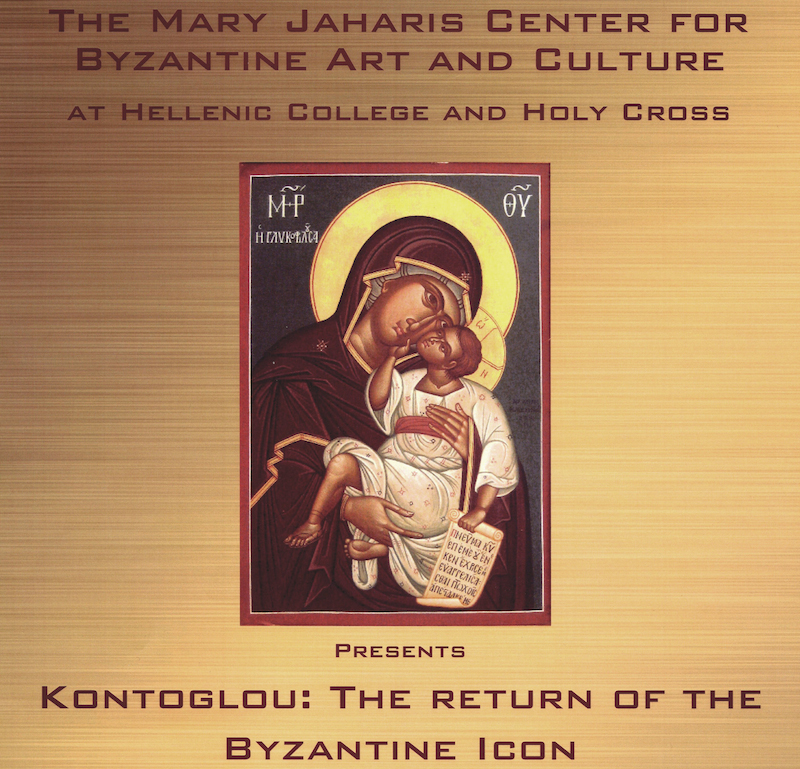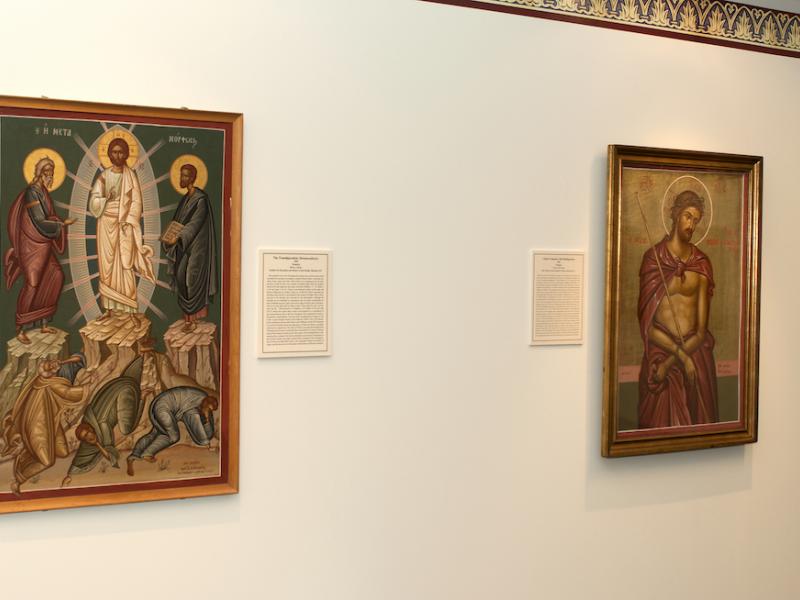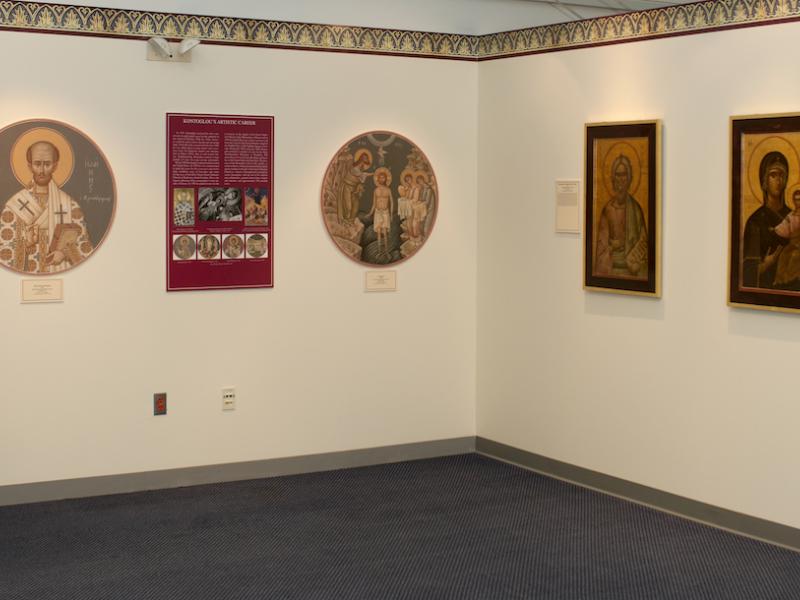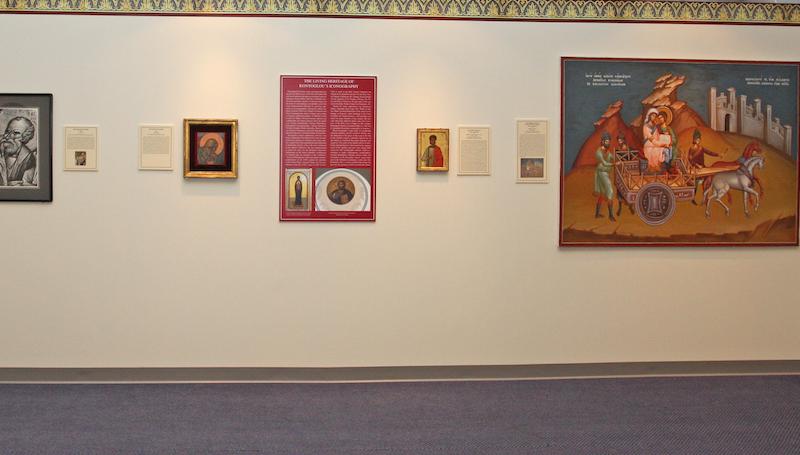by Dr. Maria Kouroumali
Photis Kontoglou Exhibit Celebrates Byzantine Style Icon Painting

An exhibition of icons by Greek painter and iconographer Photis Kontoglou will be featured at the inaugural celebration of the Mary Jaharis Center for Byzantine Art and Culture at Hellenic College and Holy Cross Greek Orthodox School of Theology in Brookline, Massachusetts, on Saturday, October 2, 2010. The exhibition entitled Kontoglou: The Return of the Byzantine Icon, curated by the Very Reverend Dr. Joachim Cotsonis, will be available for public viewing starting, October 4 through November 5, 2010, Monday through Friday, from 10am to 5pm.
Photis Kontoglou was the leading figure in the revival of Byzantine style icon painting in Greece and the United States. As a writer and a painter, he admired the spirit of Byzantium and was able to merge his profoundly personal artistic creed with the artistic tradition of the past. Though the Byzantine style was largely neglected through the first hundred years of the Modern Greek state, Kontoglou was able to revive interest in that style, bridging the past with modern day Hellenism.
“Early 19th century icons in Greece and America were not Byzantine in nature,” said Dr. Helen Evans, Curator of the Mary and Michael Jaharis Galleries of Early Christian and Byzantine Art at the Metropolitan Museum of Art in New York and member of the Administrative Board for the newly established Mary Jaharis Center for Byzantine Art and Culture. “Kontoglou linked the Byzantine tradition to modern Orthodoxy and became a seminal figure in the revival of Greek Byzantine icon painting around the world.”
Kontoglou was born in 1895 on the eastern side of the Aegean in the town of Ayvali in Asia Minor. He began his studies at the Athens School of Fine Art around the time of the outbreak of World War 1 and then left to journey through France, Spain and Belgium. His wanderings eventually brought him to Paris where he settled. In the wake of the Asia Minor disaster in 1922, he found himself uprooted and made a refugee among his own people in Greece. After visiting Mount Athos, he immersed himself in the Byzantine painting tradition.
“Kontoglou’s work represents the cultural inheritance of the Byzantine past and testifies to the organic, living tradition of sacred art in the Orthodox Church,” said the Very Reverend Dr. Cotsonis, an expert in Byzantine art history at Hellenic College and Holy Cross Greek Orthodox School of Theology in Massachusetts.“ For this exhibit, we are extremely fortunate to have nine icons on loan from various private collections by Kontoglou and two from one of his former students.”
The celebration will also feature opening remarks by His Eminence Archbishop Demetrios, Primate of the Greek Orthodox Church in America, as well as comments by Dr. Evans, Dr. Ryan Preston, a specialist in the work of Kontoglou, and Nektarios Antoniou, musical director and founder of the renowned Byzantine chant group, Schola Cantorum. The celebration will culminate with a concert by Schola Cantorum led by Mr. Antoniou.
“The sacred and the secular are at the heart of the Byzantine tradition, and the Mary Jaharis Center exemplifies this spirit,” said Dr. Maria Kouroumali, Director of the Mary Jaharis Center for Byzantine Art and Culture and Assistant Professor of Byzantine Studies at Hellenic College and Holy Cross Greek Orthodox School of Theology." We hope the Center will serve as a focal point and resource for our two institutions and the wider academic community of the Massachusetts area, where students, faculty, scholars and anyone interested in Byzantine Studies will come together and promote learning and research in the field.”


